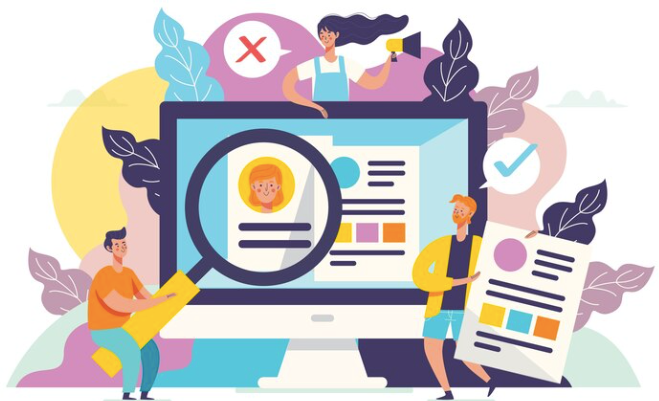As a widely used content management system, WordPress offers incredible flexibility and functionality for creating websites. However, like any technology, WordPress may encounter occasional hiccups and issues that can disrupt your site’s performance. In this article, we will explore some of the most common WordPress issues and provide troubleshooting solutions to ensure a smooth and seamless website experience.
White Screen of Death (WSOD)
The White Screen of Death is a frustrating issue where your website appears as a blank white page instead of displaying its content. This can be caused by various factors, such as a plugin conflict or a PHP error. To resolve this issue:
- Disable all plugins: Access your WordPress dashboard through FTP or a file manager, then navigate to the “wp-content” folder and rename the “plugins” folder to “plugins_deactivated.” This will deactivate all plugins.
- Check for PHP errors: Enable debugging in WordPress by adding the following code to your wp-config.php file:
define( 'WP_DEBUG', true ); define( 'WP_DEBUG_DISPLAY', false );This will display PHP errors in a debug.log file in your wp-content folder, allowing you to identify the cause of the WSOD.
- Rename theme folder: If disabling plugins and checking for PHP errors doesn’t resolve the issue, try renaming your current theme’s folder to force WordPress to use a default theme.
Read: How To Remove Japanese Keyword Hack From WordPress
404 Page Not Found Errors
404 errors occur when a page or resource on your website cannot be found. This can happen due to broken links, permalink issues, or misconfigured .htaccess files.
- Check permalinks: Go to your WordPress dashboard, navigate to Settings > Permalinks, and choose a different permalink structure. Save the changes. This may refresh the permalinks and resolve the issue.
- Update .htaccess file: Access your website’s root directory through FTP or a file manager, locate the .htaccess file, and ensure it contains the correct rewrite rules for WordPress. If unsure, save your permalink settings again to regenerate the .htaccess file.
- Fix broken links: Use a broken link checker plugin to identify and correct any broken links on your website.
Read: WordPress Website Accessibility and Compliance
Internal Server Error
Internal Server Error is a generic error message that indicates something is wrong on the server. However, it does not provide specific details about the issue.
- Check server logs: Access your website’s error logs or request the hosting provider to investigate the server logs for detailed error information.
- Increase PHP memory limit: Add the following code to your wp-config.php file to increase the PHP memory limit:
define( 'WP_MEMORY_LIMIT', '256M' );
- Deactivate plugins and switch themes: Similar to the WSOD troubleshooting, disable plugins and switch to a default theme to identify any potential conflicts.
Read: WordPress Website Updates and Upgrades
Slow Website Performance
A slow-loading website can lead to poor user experience and lower search engine rankings. Slow performance may result from large images, unoptimized plugins, or inadequate hosting resources.
- Optimize images: Compress images using plugins like Smush or optimize them before uploading to reduce file sizes without compromising quality.
- Minimize plugins: Evaluate your plugins and deactivate any unnecessary ones. Consider replacing resource-intensive plugins with lightweight alternatives.
- Cache your website: Utilize caching plugins like W3 Total Cache or WP Super Cache to improve page loading times for repeat visitors.
- Upgrade hosting plan: If you experience consistent performance issues, consider upgrading to a higher-tier hosting plan or a managed WordPress hosting service.
Read: Best WordPress Speed Optimization Plugins
Database Connection Errors
Database connection errors occur when WordPress is unable to establish a connection to your website’s database. This can happen due to incorrect database credentials or server issues.
- Check database credentials: Ensure the database credentials (database name, username, password, and hostname) in your wp-config.php file are correct and match the ones provided by your hosting provider.
- Contact hosting provider: If the credentials are correct, the database server might be down or experiencing issues. Contact your hosting provider for assistance.
Read: How To Fix Pharma Hack In WordPress
Conclusion
Troubleshooting common WordPress issues is an integral part of website management. By being familiar with these solutions, you can quickly address any challenges that may arise, ensuring a smooth and reliable website experience for your visitors. Remember to create regular backups before making significant changes to your website. Also, always test new plugins and themes in a staging environment whenever possible.

